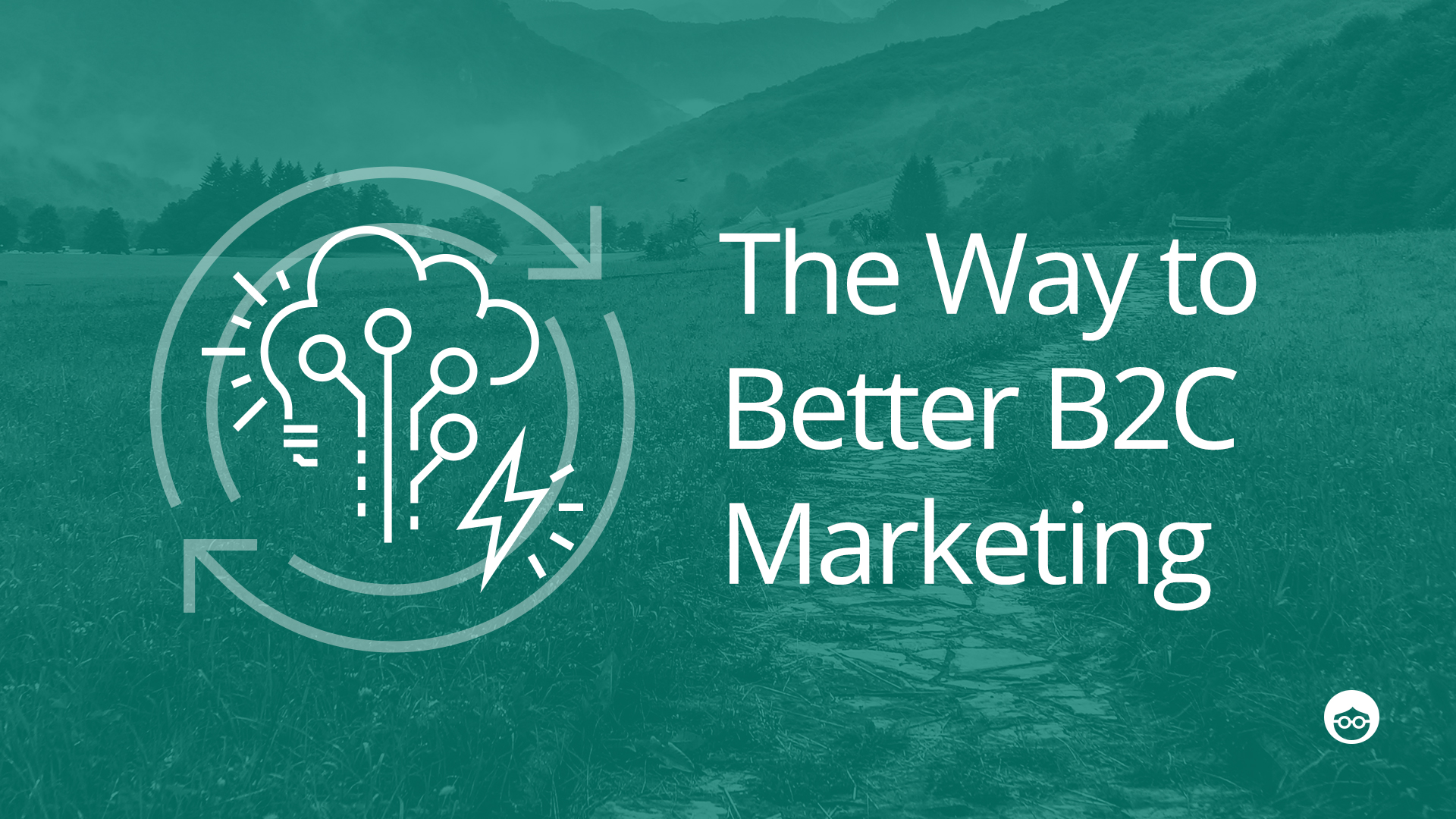Best Practices for Competitive Omnichannel B2C Marketing

Consider the following data points:
- Just 15 years ago, the average consumer engaged with two touchpoints when buying an item. Today, the average consumer uses six touchpoints.
- Companies who provide strong cross-touchpoint engagement see three times the annual revenue increase, plus a 7.5% decrease in cost per contact, than those that provide weak ones.
- Brands with these strong cross-touchpoint customer engagement strategies also retain 89% of their customers, compared to 33% for brands without.
- 87% of customers believe brands should be putting more effort into providing seamless experiences, yet 55% of companies have no cross-channel strategy in place.
There’s no denying what this data is saying: engaging customers across multiple touchpoints, otherwise known as “omnichannel engagement,” aligns with customer preferences and therefore results in significant ROI.
Don’t forget to put these statistics in the context of the modern marketing landscape: the average customer sees over 10,000 marketing messages a day, which means that, as a marketer, standing out from the crowd enough to deliver ROI presents a major challenge. Clearly, omnichannel strategies are an effective method of doing so, but why?
98% of Americans switch devices at least once a day. Combine this fact with the widespread preference for personalization – 57% of consumers are willing to exchange personal data for highly individualized brand interactions – and you get your answer: B2C marketers need to be prioritizing personalized messaging that spans multiple communication platforms. In fact, 90% of consumers now expect consistent interactions with a brand across channels.
To deliver on these consumer preferences and create seamless, personalized omnichannel campaigns, marketers need to implement a number of key strategies:
Accurately Attribute Conversions
Omnichannel marketing spans online, offline, paid, owned, and earned channels all working together. This presents a challenge when measuring the effectiveness of individual marketing efforts. It’s not enough to look at the omnichannel campaign holistically; to gain an accurate picture of campaign performance, marketers need to understand each touchpoint’s impact in driving conversions. The result is that marketers know which channels are delivering the greatest ROI so that they can optimize marketing efforts going forward. This is called attribution.
For example, if a consumer sees a social media ad, conducts product research on their desktop computer, and receives a marketing email all before converting, which of these touchpoints can be attributed as the true catalyst that drove the conversion?
Integrating a marketing attribution software platform streamlines analysis of the multi-touch customer journey. These software tools typically evaluate the effectiveness of marketing touchpoints by assigning value, either weighted or unweighted, to each channel. They can then divide credit between touchpoints in a few different models:
- Linear: Each interaction is weighted equally.
- U-Shaped: First touch and lead conversion touch are each credited 40% of the responsibility for the lead, while the other 20% is divided amongst the intervening touchpoints.
- Time Decay: Places more weight on the touchpoints engaged with closer to the conversion. The assumption is that interactions nearer to the conversion had a greater impact.
- W-Shaped: Similar to the U-shaped model, first touch and lead conversion touch are credited highly, but in this model, the opportunity stage is also a core touchpoint. Each receives 30% of the credit, with the remaining 10% being divided between the rest.
It’s critical to choose the right attribution model for your unique business needs, such as your sales cycle and media mix.
Keep Budgets Flexible
While it’s typical that marketers allocate budget by channel, with omnichannel marketing it’s advantageous to be flexible with budget. Use attribution models to tell you which channels are creating the most conversions and which are lagging behind, then take action.
If, say, your native ads have a much higher conversion rate than your promoted social content, it makes sense to redistribute spend to focus on the channel with the greatest ROI.
This usually requires agility, since you may need to adjust tactics while campaigns are running. Utilizing a data and analytics platform that has in-campaign measurement capabilities, as opposed to just post-campaign analysis, allows you to be on top of omnichannel campaign performance at all times, especially during budget redistributions.
Prioritize Consistency
Omnichannel marketing may span many channels, but no matter which one consumers interact with, their brand experience should be consistent. Creating consistent experiences involves streamlining design and messaging; the goal is for your content to be instantly recognizable no matter where consumers are looking at it.
An important part of providing consistent experiences is creating smooth transitions between channels. To do so, brands need to integrate their marketing data in an organized fashion, removing silos so that customers get a streamlined experience, like their virtual shopping carts transferring when they switch devices. Each message your consumer sees should be informed by their past interactions with the brand.
Take Crate & Barrel, which implemented an omnichannel strategy that allowed their customers to log into their digital shopping carts from multiple devices and return to shopping where they left off. The result was a 10% revenue increase from mobile shopping in just two months. They also saw revenue increases when they released their 3D Room Designer feature, which lets customers “place” Crate & Barrel products into their homes virtually so they can see how it will look prior to purchase, therefore smoothly connecting online and offline experiences.
Final Thoughts
Chances are, consumer preferences are only going to continue leaning towards omnichannel. So jump in now, since capitalizing on consumer preferences for omnichannel experiences can return amazing financial results. Just ensure you have the necessary processes and technologies in place to be successful.













